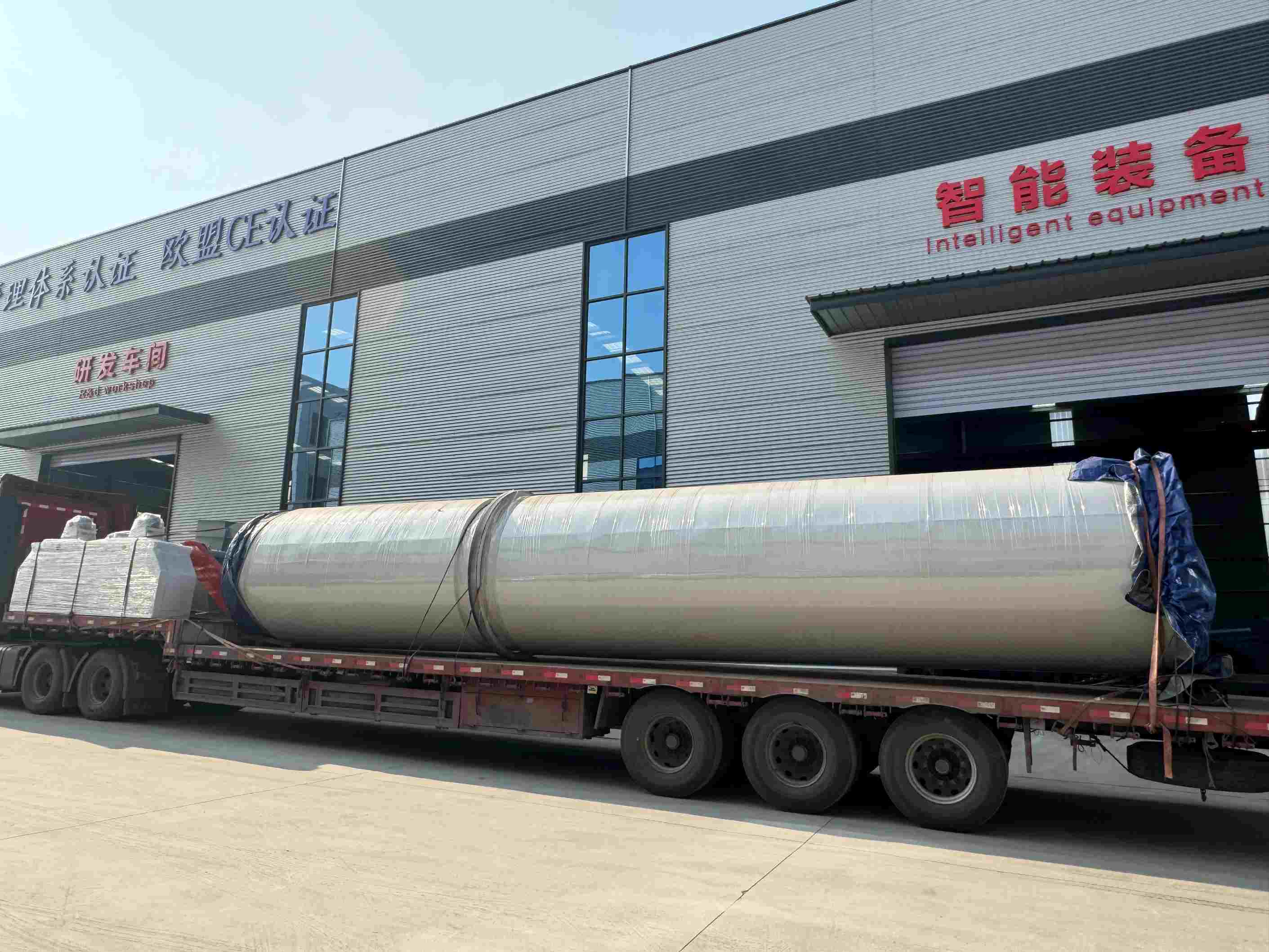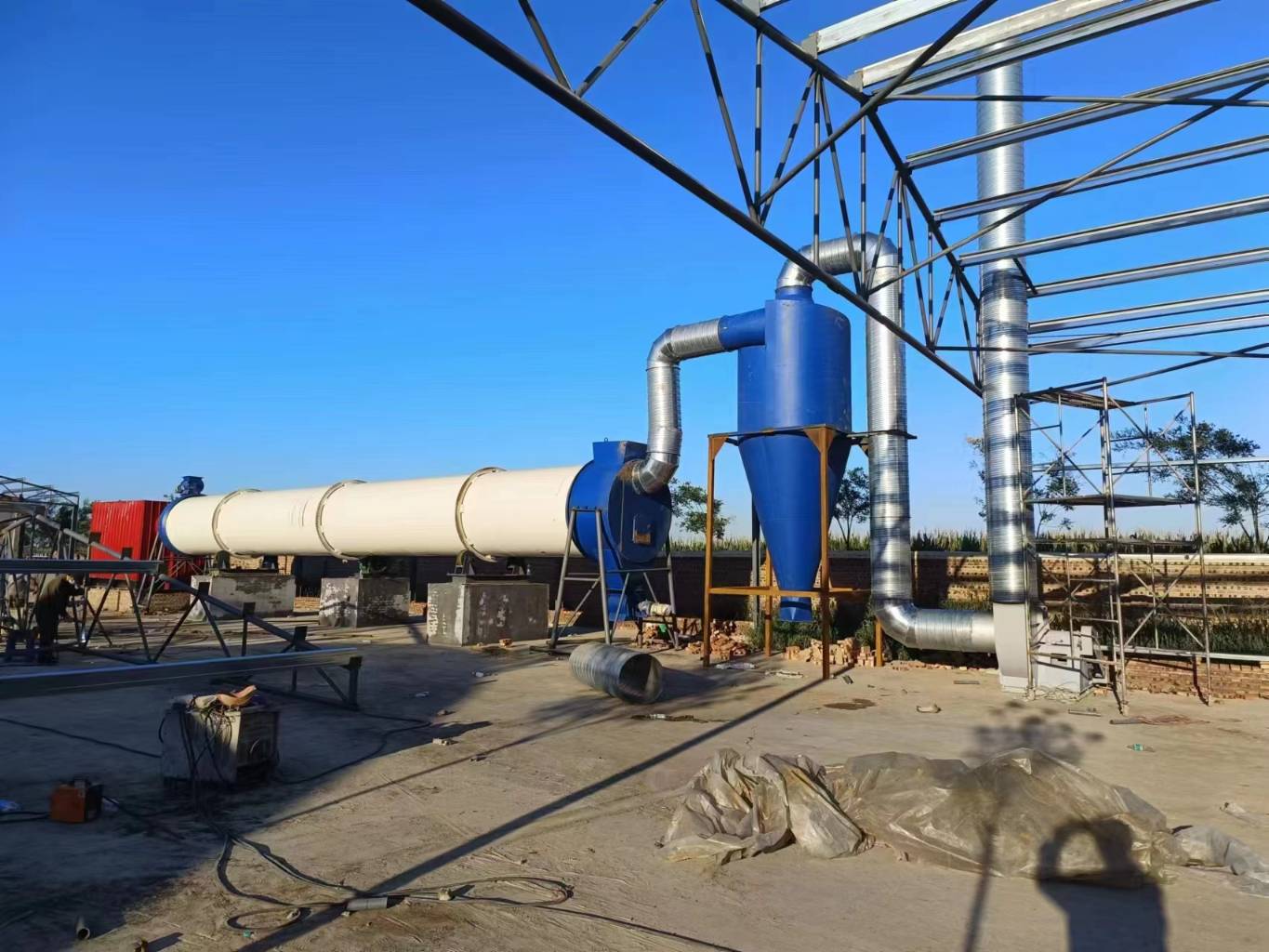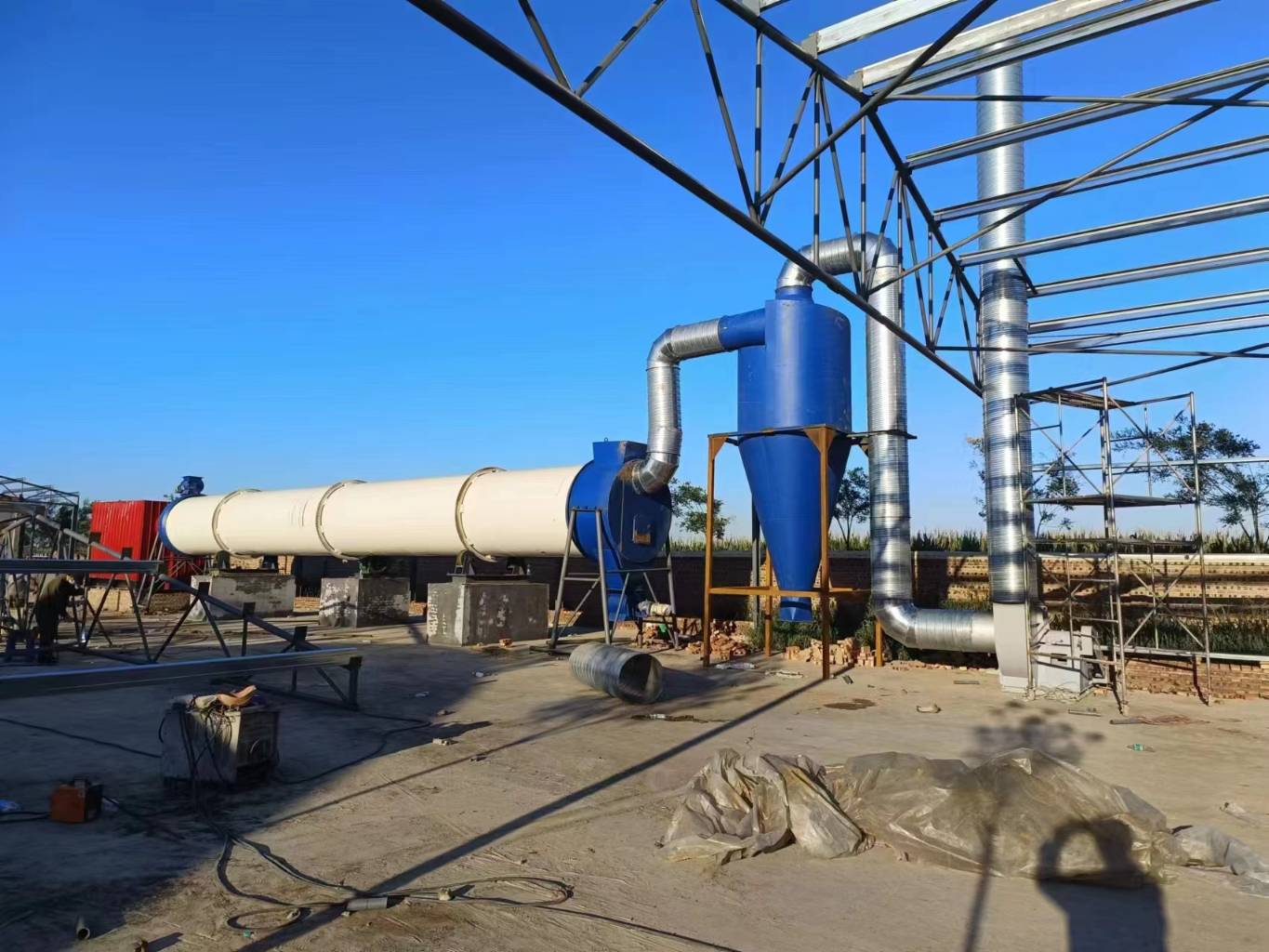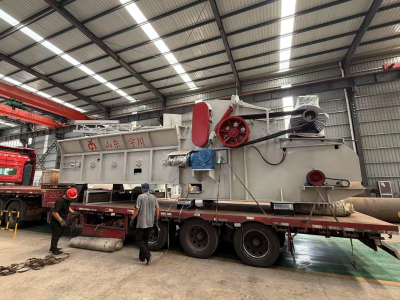Industrial Rotary Dryer
1. Significantly Reduce Volume and Weight
The sludge dryer can dry sludge with an initial water content of 80%-9% to 10%-30%, reducing the volume by 60%-80% and the weight by more than 50%. This greatly reduces the and cost of transportation and landfill, and relieves disposal pressure.
2. Achieve Harmless Treatment
During the drying process, high temperatures (usually 100300℃) can kill pathogens, parasite eggs, and harmful microorganisms in the sludge, meeting environmental protection emission standards and avoiding secondary pollution.
3. Promote Resource Recycling and Utilization
Dried sludge can be recycled and reused: with a water content below 30%, it can be used fuel (calorific value about 2000-3000kcal/kg), mixed with coal for co-firing power generation; or made organic fertilizer (meeting agricultural standards), used for landscaping, etc., turning waste into treasure.
4. High and Stable Treatment Efficiency
With a continuous design, a single device can handle several to hundreds of tons of sludge per day, meeting the needs of large-scale sludge disposal. At the same time, by adjusting such as temperature and speed, the final water content can be stably controlled to ensure consistent treatment effects.
Sludge dryer is a drying equipment designed specifically for treating various types of municipal, industrial, and other sludges, achieving volume reduction, harmlessness, and resource utilization by removing moisture from the sludge. The following details its structure, working principle, core parameters, application scenarios, and technical features:
1. Structure
A typical sludge dryer (taking the widely used rotary drum dryer as an example) mainly consists of the following parts:
Drum body: Inclined cylindrical drum (inclination angle 3°-5°) installed with lifting blades and a dispersion device (for sticky sludge) on the inner wall, which promotes material flipping and extends the drying path.
Heat source system: A device that provides heat, which can be a coal/gas boiler, biomass burner, electric heating, or waste heat recovery equipment (such as power plant tail gas), with the temperature usually controlled at 120-300℃.
Feeding and discharging system: The wet sludge (moisture content 80%-90%) is fed into the drum through a screw conveyor at the feed end; dry sludge (moisture content 10%-30%) is discharged at the discharge end through a star-shaped discharge valve.
Transmission system: Consisting of a motor, gear reducer, and gear/idler wheel set, driving the drum to rotate at a low speed (rotation speed 3-10r/min).
Tail gas treatment system: Includes cyclone dust collector, bag filter (removes dust), desulfurization denitrification device (treats waste gas), and induced draft fan, ensuring emission standards.
Control system: PLC automation control, which can adjust temperature, drum speed, feed rate, and other parameters in real-time, and stably control the drying effect.
2. Working Principle
Feeding stage: After being broken, the wet sludge is fed into the drum by the feeding system, lifted and scattered by the lifting blades as the drum rotates, and comes into full contact with high-temperature hot air.
Drying stage: Hot air (or hot flue gas) contacts with the sludge in reverse/forward flow, and the moisture in the sludge evaporates quickly through heat conduction, convection, and radiation. Sticky sludge will be broken by the dispersion device to avoid caking.
Discharging stage: The dried sludge moves to the discharge end along the inclined angle of the drum, is discharged after sieving, and the moisture enters the treatment system in the form of steam with the tail gas.
3. Core technical parameters
Treatment capacity: The daily treatment capacity of a single device ranges from several tons to hundreds of tons, with small equipment (e.g., for laboratories) ≤5 tons/day, and large equipment for municipal projects can reach more than 500 tons/day.
Moisture content control: The moisture content of the feed is 80%-90%, and the moisture content of the discharge can be regulated through parameters, typically ranging from 10%-30% (special requirements can be as low as below 5%).
Thermal efficiency: When equipped with a waste heat recovery system, the thermal utilization efficiency can reach 70%-85%; for traditional equipment, it is about 50%-60%.
Energy consumption index: The energy consumption for treating 1 ton of wet sludge (moisture content 80%) is about 80-150 kW・h (depending on the type of heat source and equipment efficiency).
4. Applicable sludge types
Municipal sludge: Activated sludge and residual sludge from domestic sewage treatment plants.
Industrial sludge: Industrial sludge discharged from chemical, printing and dyeing, paper making, electroplating, and pharmaceutical industries (containing heavy metals or organic matter requires pretreatment).
Other special sludges: Dredging sludge from rivers, food processing sludge, etc.










